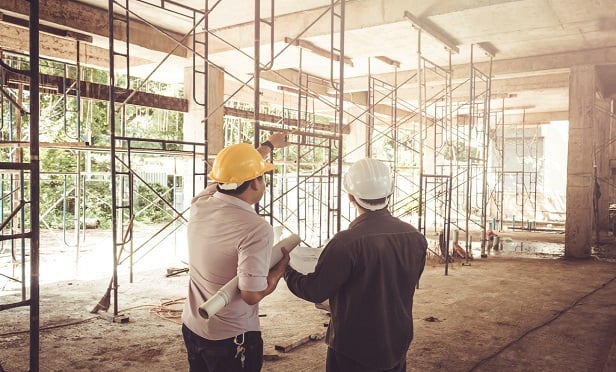 With proper planning, contractors can minimize the impact and expedite project recovery from an extreme weather event. (Photo: Piyapong Wongkam/Shutterstock)
With proper planning, contractors can minimize the impact and expedite project recovery from an extreme weather event. (Photo: Piyapong Wongkam/Shutterstock)
With peak wind speeds that exceed 186 mph, engineering and construction firms that operate in the "hurricane belt" are acutely aware of the hazards that hurricanes pose to construction sites.
Structures under construction often have incomplete or temporarily supported weakened structural systems, unsecured building envelopes, loose materials and debris, temporary structures and susceptible construction equipment.
Recommended For You
Want to continue reading?
Become a Free PropertyCasualty360 Digital Reader
Your access to unlimited PropertyCasualty360 content isn’t changing.
Once you are an ALM digital member, you’ll receive:
- Breaking insurance news and analysis, on-site and via our newsletters and custom alerts
- Weekly Insurance Speak podcast featuring exclusive interviews with industry leaders
- Educational webcasts, white papers, and ebooks from industry thought leaders
- Critical converage of the employee benefits and financial advisory markets on our other ALM sites, BenefitsPRO and ThinkAdvisor
Already have an account? Sign In Now

